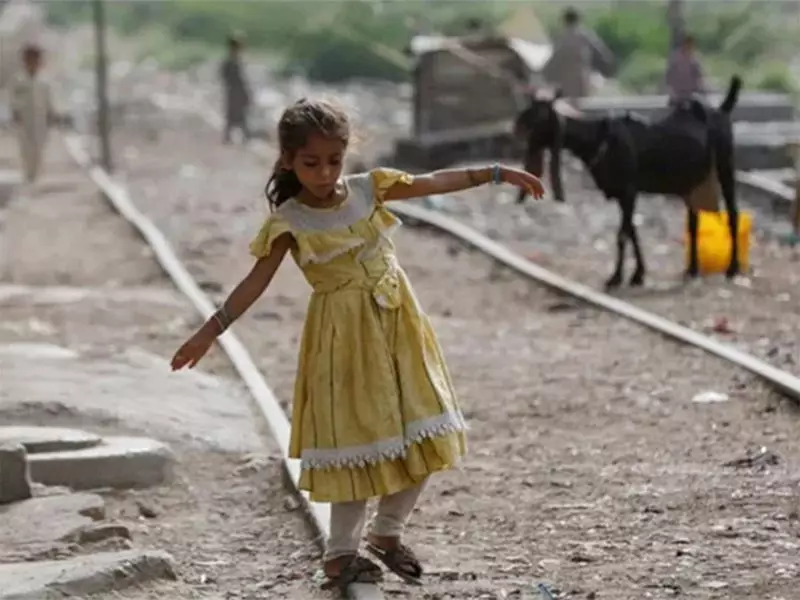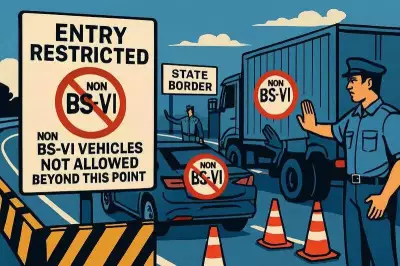
The World Bank has delivered a stark contradiction to Pakistan's official poverty statistics, challenging the government's narrative and exposing what it describes as a deepening rural crisis and economic stagnation across the country.
Questioning Official Figures
In a dramatic revelation, the international financial institution has raised serious doubts about Pakistan's claims of poverty reduction. The World Bank's assessment suggests that official figures may not accurately reflect the ground reality, particularly in rural areas where economic conditions have deteriorated significantly.
The Rural Distress Uncovered
The report paints a concerning picture of Pakistan's countryside, where communities are facing:
- Severe economic hardship and limited access to basic services
- Agricultural challenges affecting livelihoods
- Inadequate infrastructure and development gaps
- Limited opportunities for economic mobility
Economic Stagnation Confirmed
Beyond the poverty debate, the World Bank confirmed that Pakistan's economy has entered a phase of stagnation. The assessment highlights multiple challenges including:
- Slow economic growth and development
- Structural issues affecting various sectors
- Limited foreign investment and economic opportunities
- Challenges in implementing effective economic reforms
Implications for Policy and Development
This conflicting assessment between the World Bank and Pakistani authorities raises important questions about development strategies and poverty alleviation programs. The discrepancy in data could significantly impact:
- International aid and development assistance
- Economic policy formulation
- Targeted intervention programs for poverty reduction
- Future economic planning and resource allocation
The World Bank's findings suggest that Pakistan may require a fundamental reassessment of its economic policies and poverty measurement methodologies to address the genuine challenges facing its population, particularly in rural regions.





